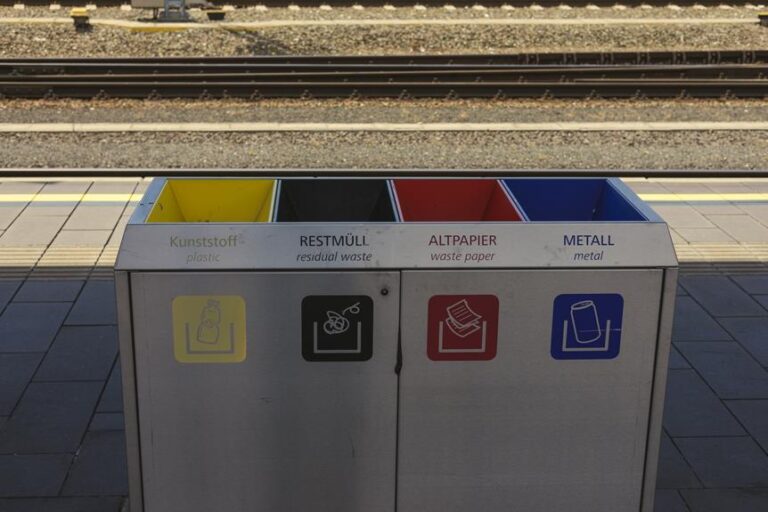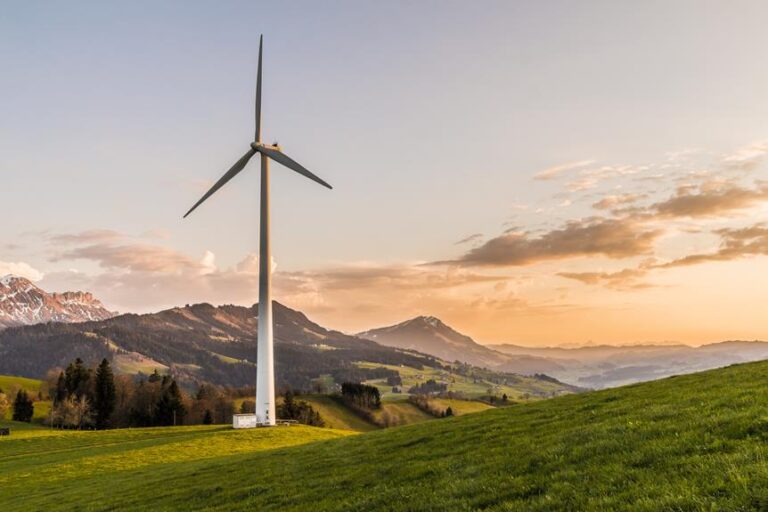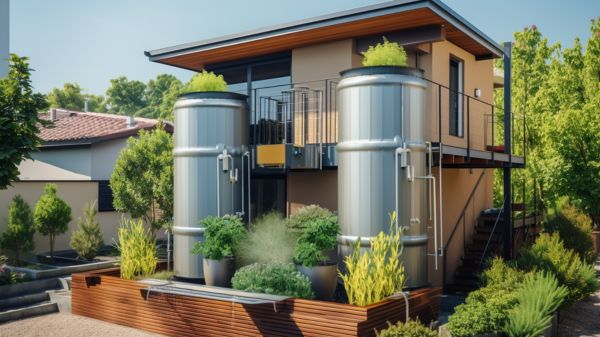Top Eco-Friendly Small Yard Landscape Designs
Don’t believe you can have a stunning yard while being eco-friendly? Think again! Discover our top picks for sustainable small yard landscape designs that will make your neighbors green with envy.
With native plants, rainwater harvesting, permeable paving, vertical gardens, and efficient irrigation systems, you can create a lush and inviting space without harming the environment.
Join the movement towards sustainable living and find your place in the eco-friendly community of proud homeowners.
Native Plants
You can incorporate a variety of native plants into your small yard landscape design to promote sustainability and enhance the natural beauty of your outdoor space.
Native plants are a perfect choice for wildlife gardening because they provide food and shelter for local species, creating a thriving ecosystem right in your backyard.
These plants have adapted to the local climate and soil conditions, making them low maintenance landscaping options. They require less water, fertilizer, and pesticides compared to non-native plants, reducing your environmental impact.
Native plants also attract pollinators like bees and butterflies, ensuring the health and diversity of your garden.
From vibrant wildflowers to hardy shrubs, incorporating native plants won’t only benefit the environment but also create a welcoming and harmonious space for you to enjoy.
Rainwater Harvesting
Incorporating rainwater harvesting into your small yard landscape design allows for the conservation and efficient use of water resources. By installing a rain barrel, you can collect and store rainwater that would otherwise be wasted. This water can then be used to irrigate your plants, reducing your reliance on traditional water sources.
Not only does rainwater harvesting help to conserve water, but it also helps to prevent runoff and erosion in your yard. Another sustainable option to consider is greywater recycling, which involves reusing water from sources such as sinks, showers, and laundry.
Permeable Paving
To further enhance the sustainability of your small yard landscape design, consider implementing permeable paving. This innovative technique allows rainwater to infiltrate the ground, reducing runoff and promoting green infrastructure. By using permeable materials for your hardscaping, you can create a beautiful and functional outdoor space that’s also environmentally friendly.
Here are five benefits of incorporating permeable paving into your design:
- Reduced stormwater runoff: Permeable paving helps prevent flooding and erosion by allowing rainwater to be absorbed into the ground.
- Improved water quality: The permeable materials filter pollutants from the water as it seeps through, resulting in cleaner groundwater and healthier ecosystems.
- Temperature regulation: Unlike traditional pavement, permeable paving reduces the heat island effect by allowing water to evaporate, keeping your yard cooler.
- Increased biodiversity: The green infrastructure created by permeable paving attracts beneficial insects and supports plant growth, enhancing the overall biodiversity of your yard.
- Long-lasting durability: Sustainable hardscaping materials used in permeable paving are designed to withstand heavy traffic and harsh weather conditions, ensuring a long lifespan for your outdoor space.
Vertical Gardens
To further enhance the sustainability of your small yard landscape design, consider adding vertical gardens as a creative way to maximize green space and promote biodiversity. Green walls, also known as living walls, are a fantastic option for small yards where horizontal space is limited. These vertical gardens can be installed on walls or fences, allowing you to grow a variety of plants and flowers in a compact and visually appealing manner.
By going vertical, you not only create a beautiful display of lush greenery, but you also maximize your garden’s potential and create a habitat for birds, butterflies, and beneficial insects. Vertical gardens aren’t only aesthetically pleasing but also contribute to air purification and reduce the urban heat island effect.
Embrace the beauty of nature and transform your small yard into a green oasis with the addition of a stunning vertical garden.
Efficient Irrigation Systems
Maximize water conservation and promote sustainable gardening practices by implementing efficient irrigation systems into your small yard landscape design. Here are some ideas to help you get started:
- Drip Irrigation: Use a drip irrigation system to deliver water directly to the roots of your plants, reducing water waste and evaporation.
- Xeriscaping: Incorporate xeriscaping techniques, such as using drought-tolerant plants and grouping them based on their water needs, to minimize water usage.
- Rainwater Harvesting: Install a rain barrel or cistern to collect rainwater that can be used for irrigation, reducing the need for tap water.
- Smart Irrigation Controllers: Invest in a smart irrigation controller that uses weather data and soil moisture sensors to adjust watering schedules, ensuring your plants receive just the right amount of water.
- Mulching: Apply a layer of organic mulch around your plants to retain moisture in the soil, reducing the frequency of watering.
Conclusion
Transform your small yard into an eco-friendly oasis using top-notch techniques. Embrace the power of Native Plants to create a vibrant and sustainable landscape.
Harness Rainwater Harvesting to nourish your green haven while conserving water. Opt for Permeable Paving to reduce runoff and minimize environmental impact. Unleash the beauty of Vertical Gardens, adding a touch of creativity and maximizing space.
And don’t forget to install Efficient Irrigation Systems for precise water distribution. Make your small yard an eco-friendly masterpiece!






